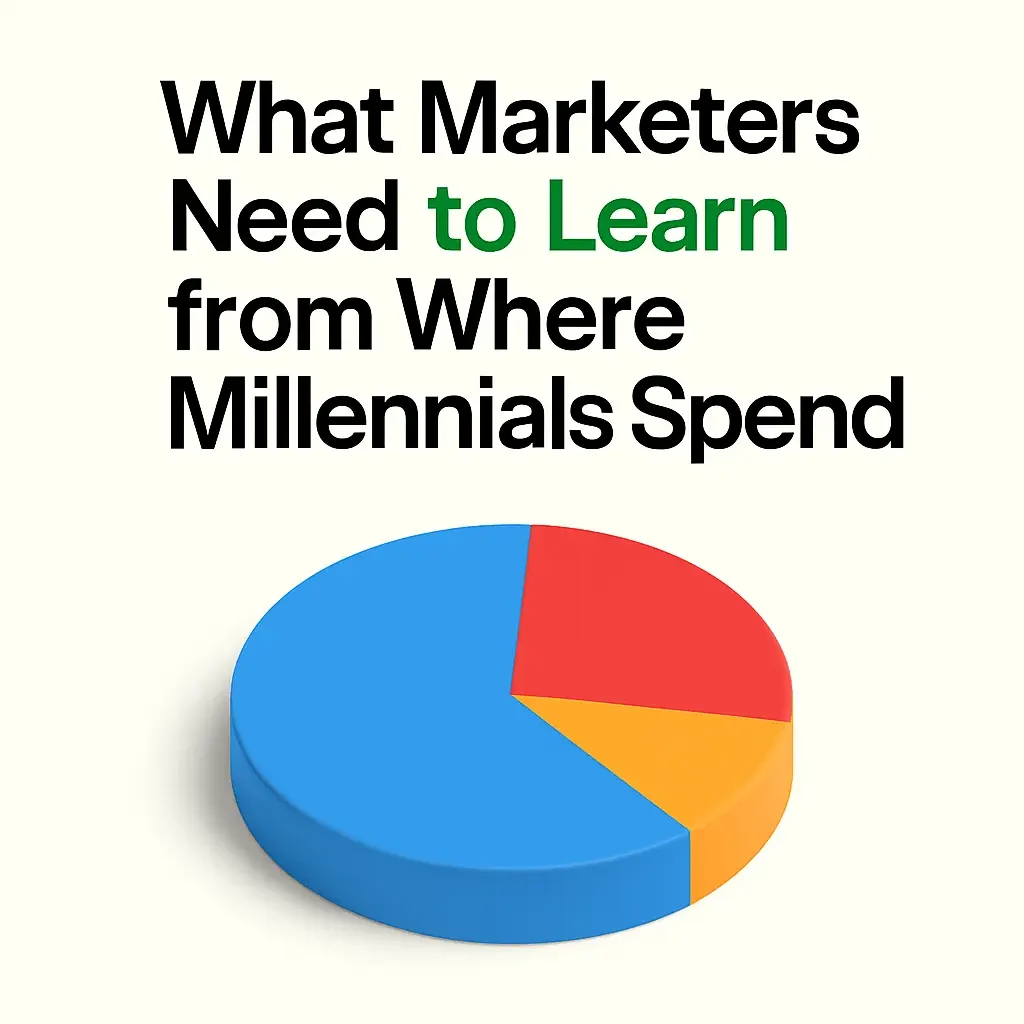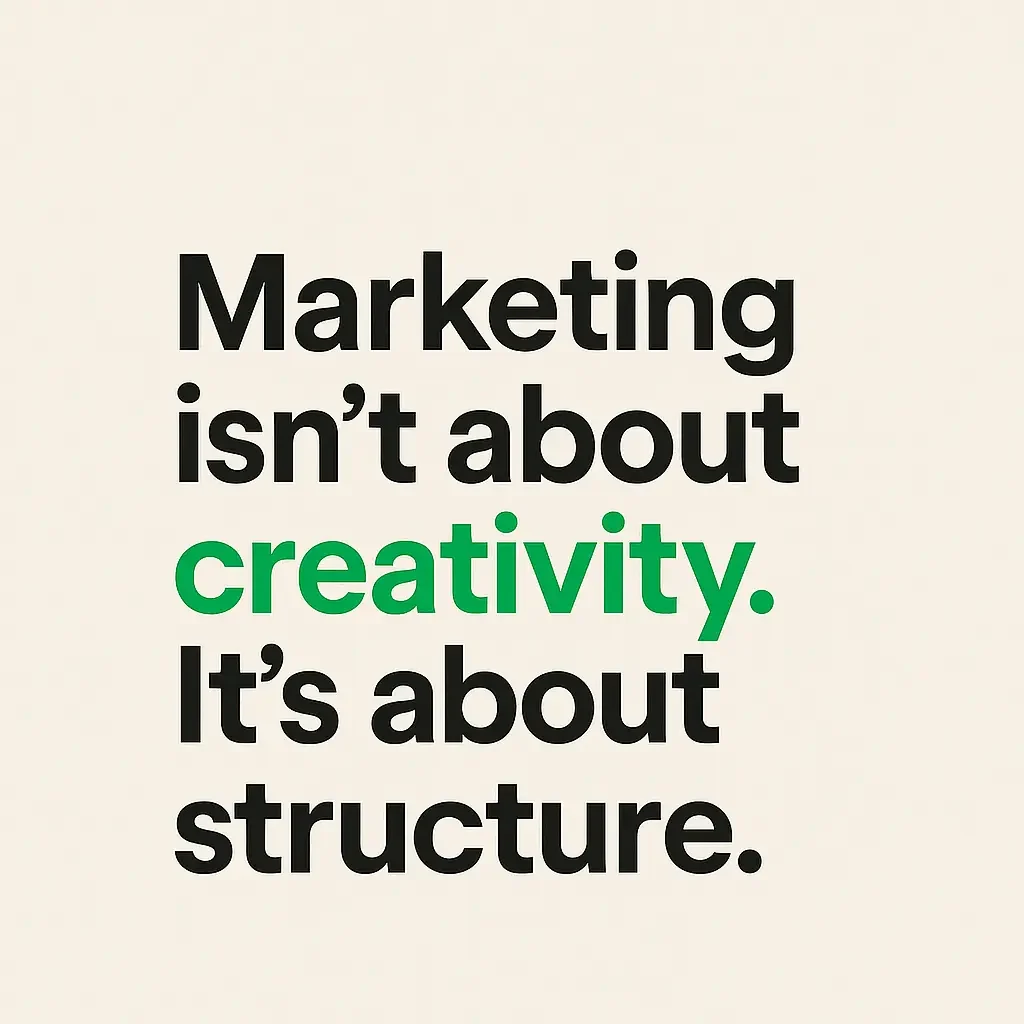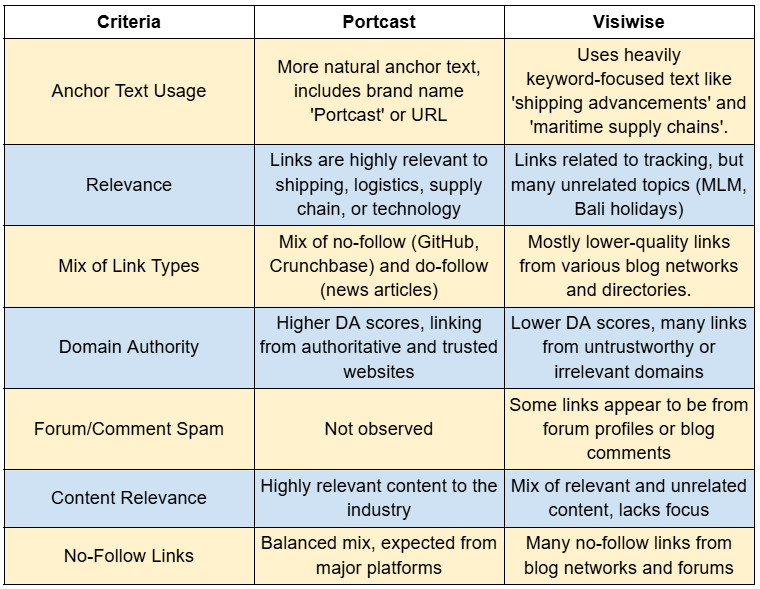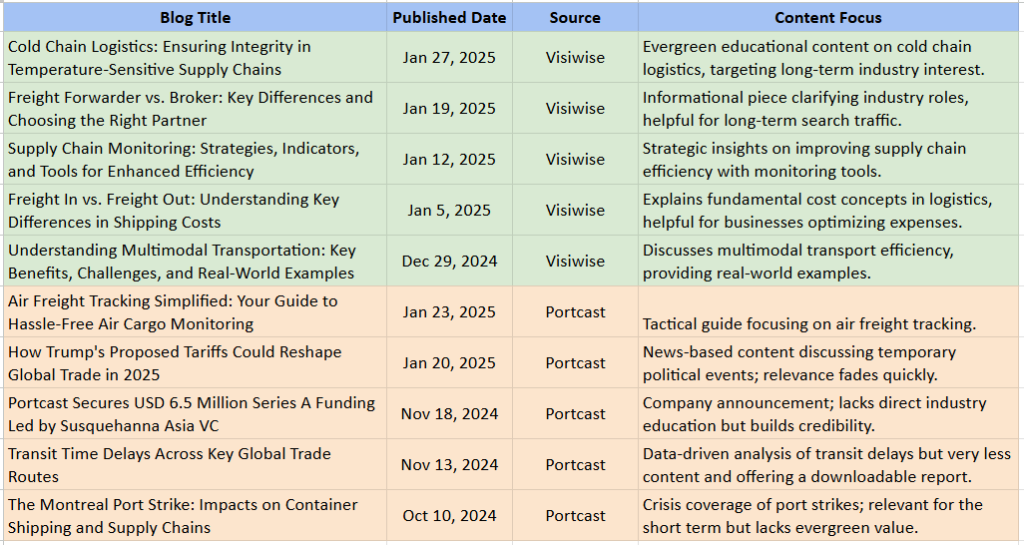Before jumping to how to rank in ChatGPT search or RRF, let me share a scenario. Imagine you’re selling water purifiers. You rank on Google for “best water purifier in India.” Sounds good, right?
But when someone asks ChatGPT, “Which water purifier should I buy?” — your page might not even show up.
Why?
Because ChatGPT doesn’t use search the way we think. It doesn’t rely on one keyword. It runs many related searches and then combines those results. The method it uses is called Reciprocal Rank Fusion, or RRF.
What is RRF (Reciprocal Rank Fusion)?
Think of RRF like a school exam where your final score doesn’t depend on one subject. It depends on how well you did in all subjects — math, science, history and English — and each subject gives you a small part of your total marks.
Now, replace “subjects” with “search queries.”
When you ask ChatGPT, “What’s the best budget laptop?”, it doesn’t search that one query. Instead, it sends out 5–10 versions of the same question:
- “Best laptops under 50k”
- “Top affordable laptops 2024”
- “Laptop for students India”
- “Budget laptops with SSD”
- “HP vs Dell for home use”
Then, it takes the top results from each query and gives each result a score based on its rank. That score is calculated using this formula:
RRF score = 1 / (60 + rank position)
Let’s say your website shows up:
- Rank #2 in query 1 → score = 1 / (60+2) = 0.0161
- Rank #4 in query 2 → score = 1 / (60+4) = 0.0156
- Rank #1 in query 3 → score = 1 / (60+1) = 0.0164
Now add them up: total RRF = 0.0481

So even if you’re not rank #1 for any one keyword, if you show up multiple times in top 10 across variations, your total RRF score adds up — and ChatGPT might feature your site in its answer.
Why RRF Matters for SEO
Let’s say you want to be known as a good guitar teacher.
Option A: You teach just one student really well.
Option B: You teach 10 students decently — and all of them talk about you.
Whose name will spread faster?
Option B — because reach and repetition matter more than one perfect review.
That’s how RRF sees your site. It rewards consistent presence across many related topics.
If you’re only trying to rank for one high-volume keyword, you’re missing the future of search rankings. That worked when the search was simple.
But now, LLMs (like ChatGPT or Google SGE) think more like people. They look at clusters of meaning. The more queries your site appears in — even if it’s not always at the top — the better your visibility becomes.
You don’t need to chase “rank 1.”
You need to show up everywhere your topic lives.
A Case Study That Proves This Works
When I wanted Mapsted to show up in ChatGPT’s answers, I didn’t aim for one high-ranking article. Instead, I listed out 50+ real questions someone might ask about hospital navigation, RTLS, or asset tracking in India.
I started by writing simple, clear blogs on Medium, answering practical queries on Reddit, and sharing useful posts on LinkedIn. These weren’t written to impress Google — they were meant to exist where ChatGPT pulls its knowledge from. I made sure every piece addressed a different angle, using everyday language, avoiding jargon.
Once that base was in place, I moved to platforms with stronger authority. I pitched guest posts to B2B healthtech blogs and reached out to journalists for news coverage in trusted portals.
Slowly, Mapsted started appearing in GPT responses — not because we ranked #1 for any single keyword, but because we were present across many related searches. That’s exactly how RRF works: it doesn’t reward perfection in one place; it rewards relevance across the board.
How to See If Your Content Is Gaining Weight in Hybrid Search
After I rolled out keyword clusters and content for Mapsted, I wanted to understand something deeper:
Was the visibility boost real — or just wishful thinking?
That’s where Azure’s new search score debug feature came in.
Here’s an example of hybrid query that returns subscores in debug mode:
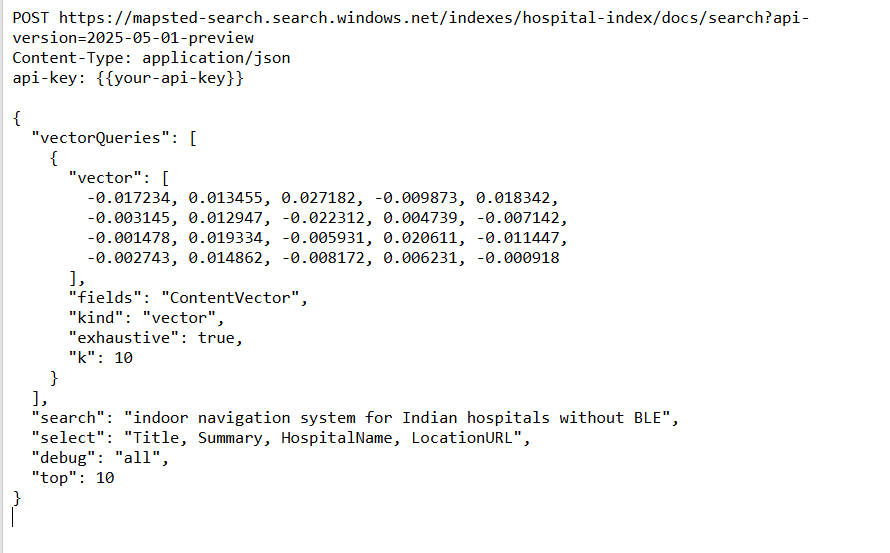
An Example to understand “search score debug feature”
Let’s say you run a hotel and you want to know why a guest picked your place over others.
Now imagine the guest says:
“Well, it was near restaurants (keyword), the photos looked good (semantic), and it felt right based on my past stays (vector).”
That’s kind of how modern AI search engines like ChatGPT or Azure rank content. They don’t just look at exact words you use (keywords), but also:
- How your content feels similar to the question (vector match)
- How your sentences mean the same thing, even if different words are used (semantic match)
Now, if you use Azure’s debug mode, it shows you exactly how much each of these factors mattered — like a scorecard:
- Did you rank well because your keyword matched?
- Or because your content’s meaning was close to the question?
- Or because your content lives in the same context as other top answers?
This helps you understand why one blog shows up in ChatGPT, but another doesn’t — even if both have the same keyword.
In my case with Mapsted, this was useful to confirm that even if our content wasn’t top in Google, it was winning on meaning and context, which LLMs like ChatGPT care more about.

Here’s a quick breakdown:
- You pass a hybrid query with the “debug” parameter set to “vector”, “semantic”, or “all”
- Azure returns detailed subscores for each result — showing how keyword rank, semantic rank, and vector match contributed
What Are We Trying to Do?
You’re asking Azure:
“Give me the top 10 results for ‘hospital indoor navigation India’, but also tell me why each result ranked — based on keywords, semantic meaning, and vector similarity.
This is useful for debugging how search systems like ChatGPT or Bing pick content. This understanding will help you rank in chatGPT search or even other AI engines.
5 Steps to Make Your Content Visible Across AI Search Engines
Let’s break this into steps. Here’s how to optimise your content for RRF-style search:
Step 1: Build a Query Set
Don’t stop at one keyword. For “best water purifier,” make a list of nearby topics:
- “RO vs UV water filter”
- “Water purifier for borewell water”
- “Top purifiers under ₹10,000”
- “Water filters for small families”
These are not LSI keywords. They are real, user-like queries.
Step 2: Check Where You Rank
Use tools like Google Search Console or Ahrefs. Even ranking at #8 matters. Every spot in the top 10 gives you a small RRF score.
Step 3: Build Clustered Pages
Create content that connects — not one giant blog, but a network of pages:
- One hub article (main keyword)
- 5–6 spokes (related queries)
- Interlink all of them
Step 4: Track “Visibility Breadth”
Instead of checking how well you rank for just one keyword, look at how many different queries you show up in. The wider your net, the better your chance to appear in ChatGPT answers.
Step 5: Expand Monthly
Every new supporting article can slightly raise your RRF score. That’s the compound effect. Over 3 months, your entire topic authority goes up — not just for one post.
In Summary
This is not a trend. It’s the way search is shifting — from keyword matching to meaning mapping. This is how we get rank in ChatGPT search and other AI agents.
If you want to win in ChatGPT, Gemini, or Bing CoPilot, don’t just ask: “Where do I rank for X?”
Ask:
“How often do I appear across all the questions people ask around X?”
That’s what RRF rewards.
And once you understand that, your content strategy won’t just aim for rank.
It’ll aim for relevance — again and again.
